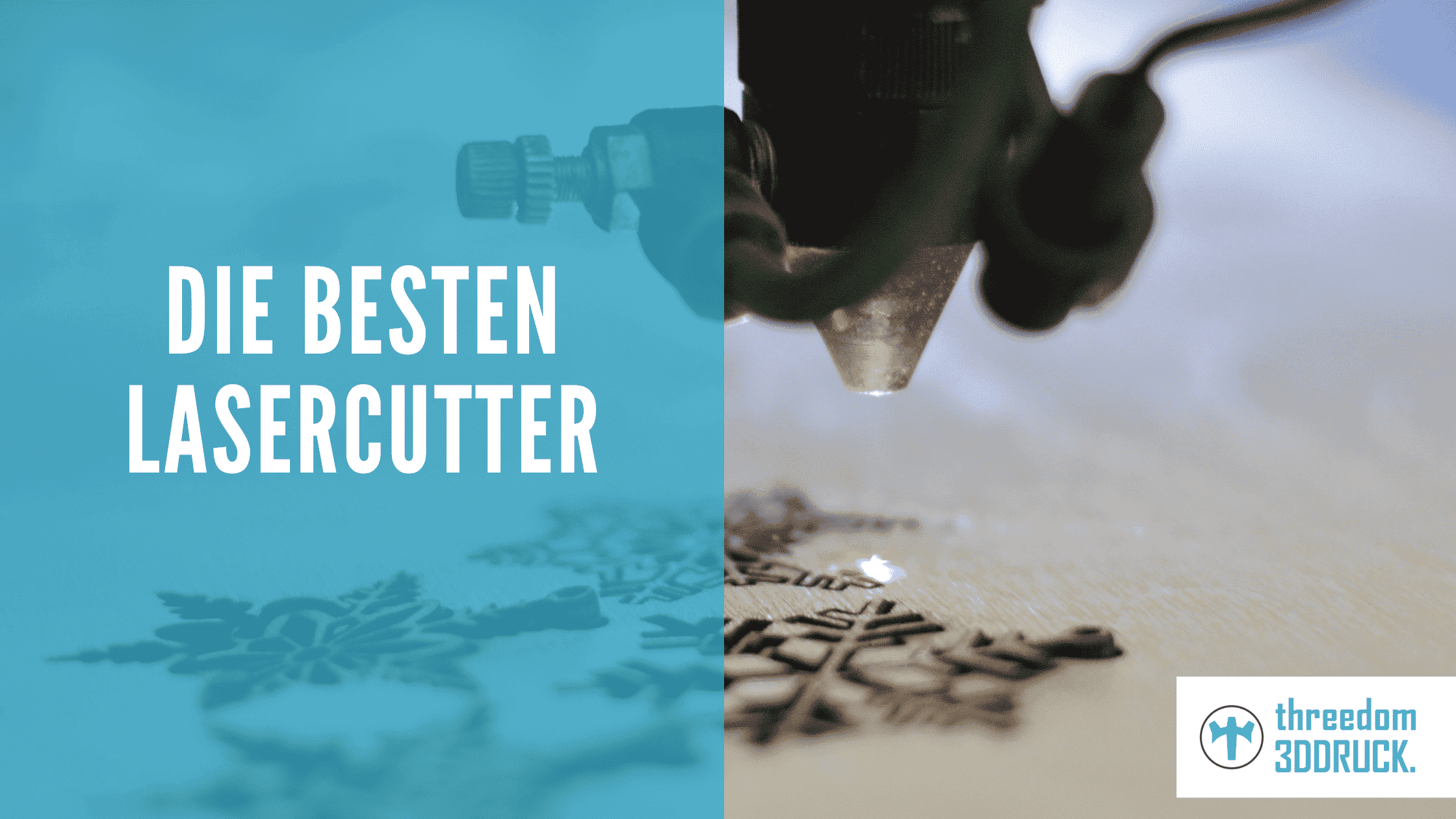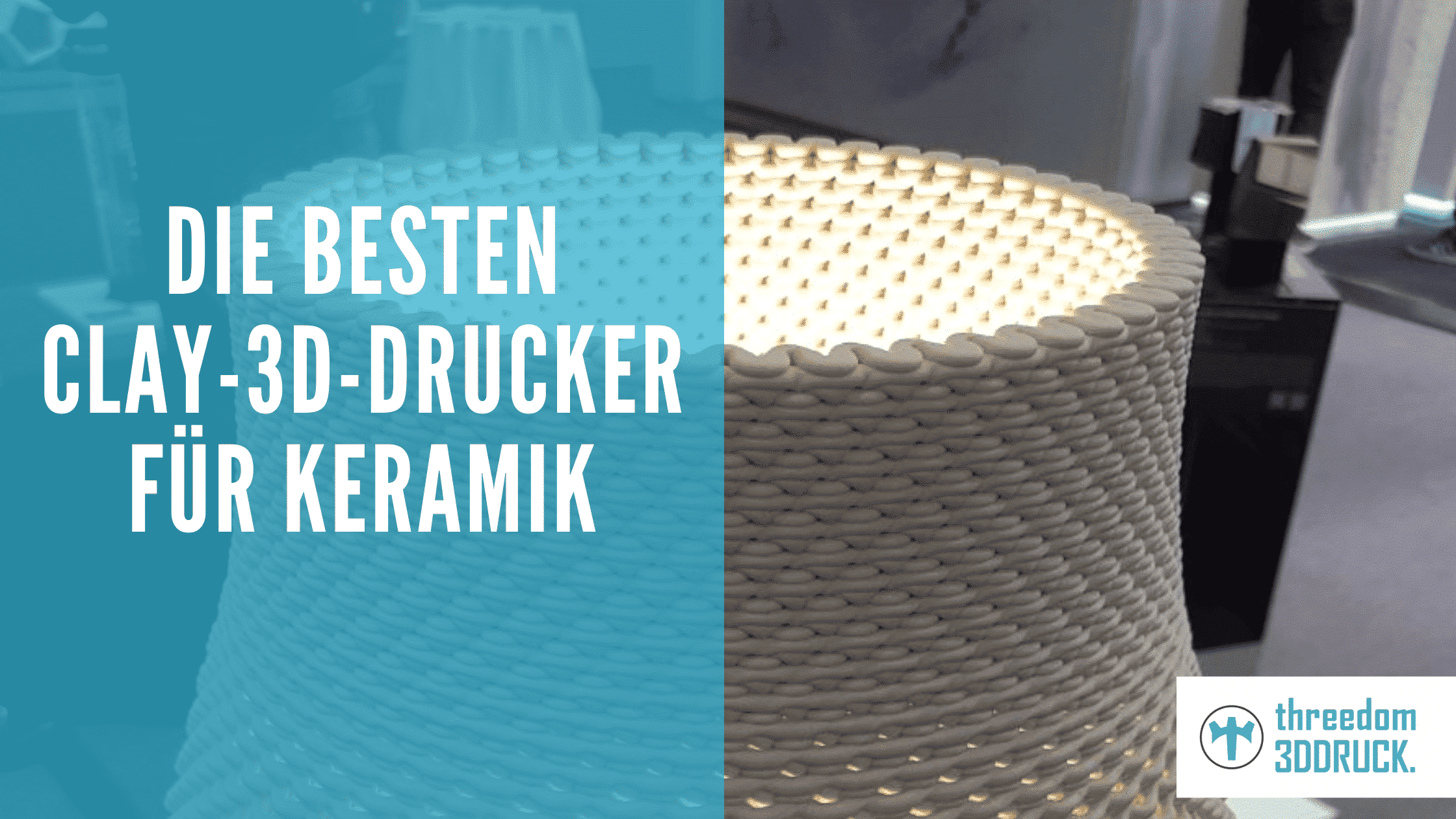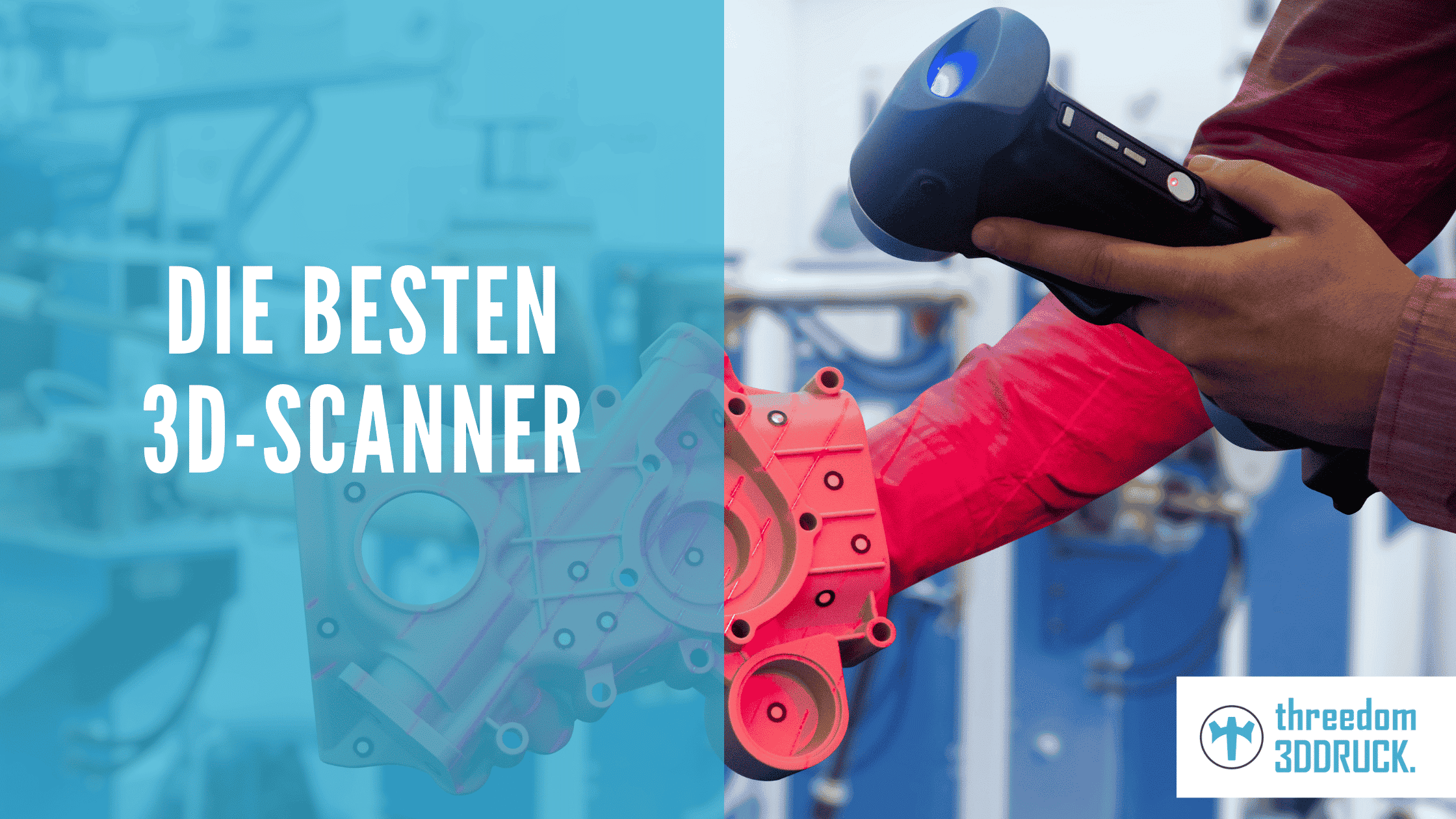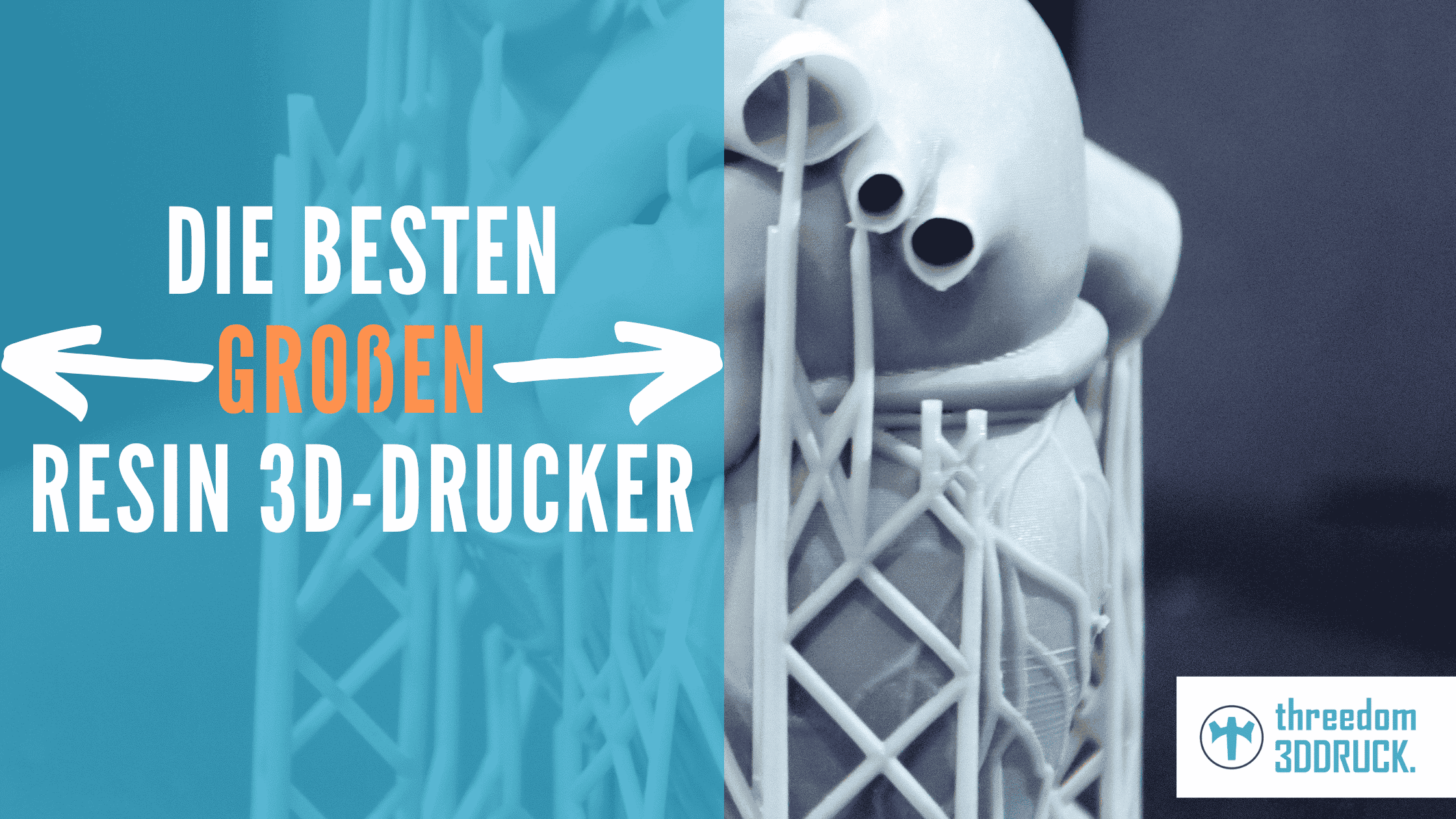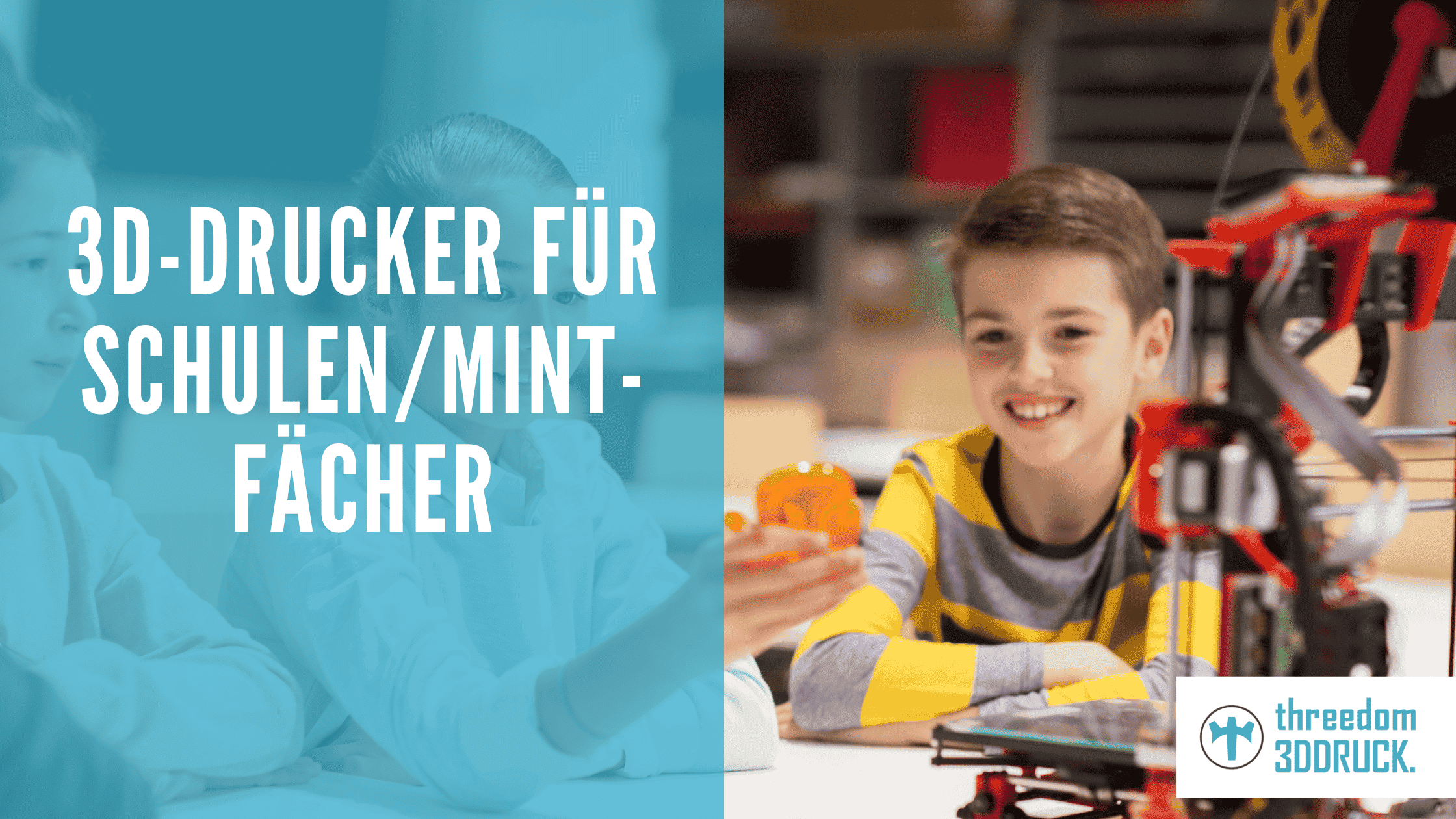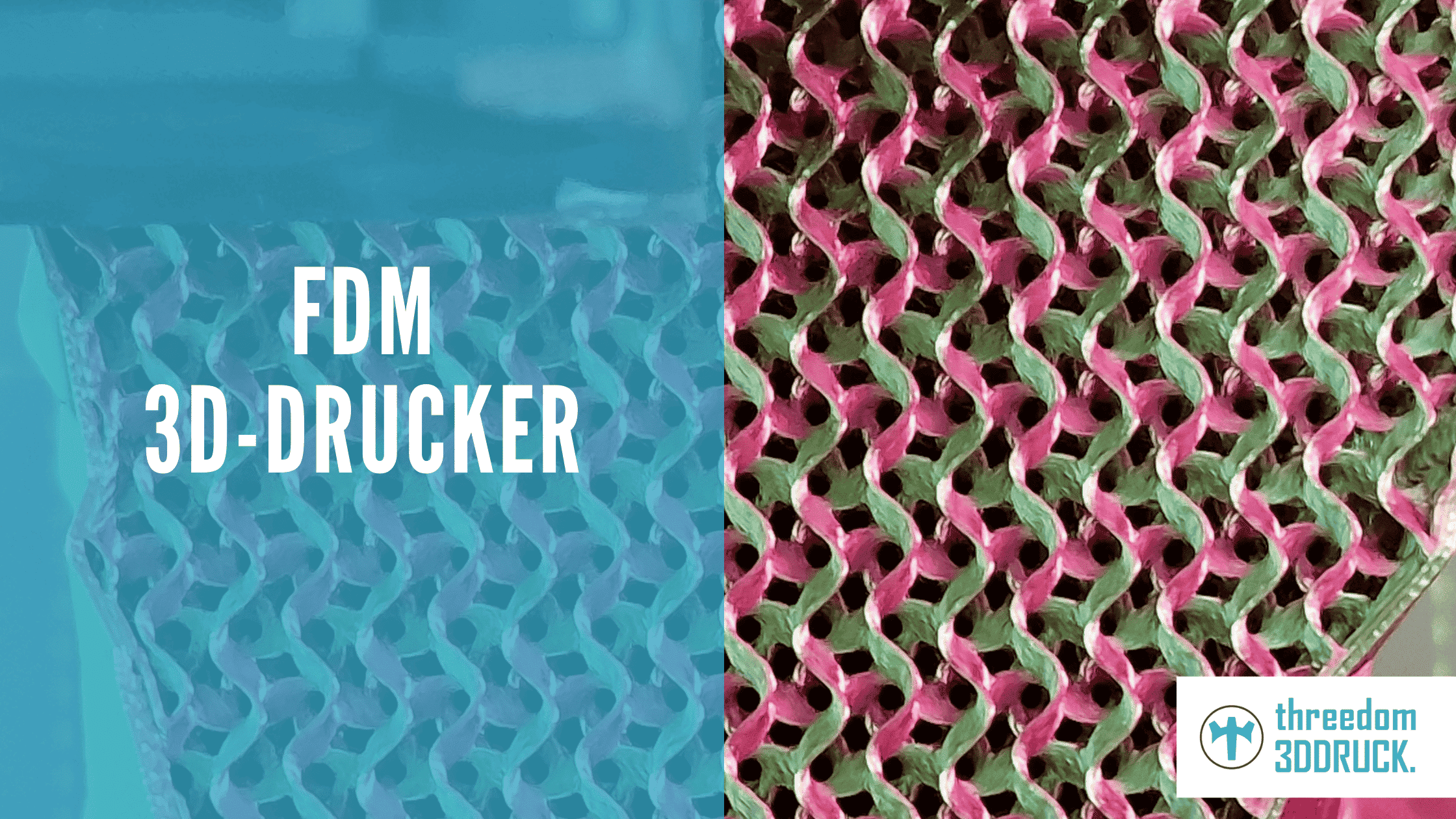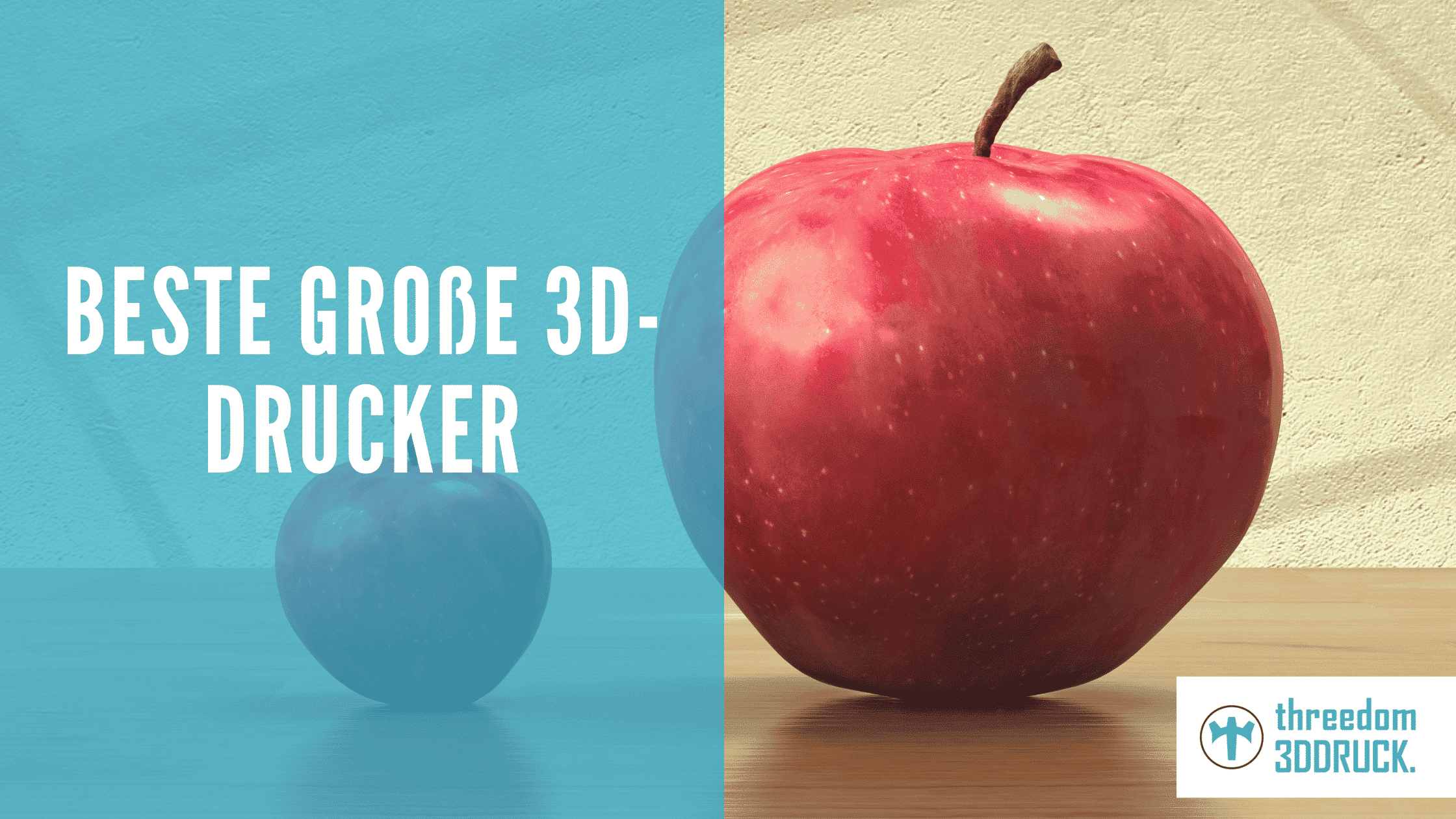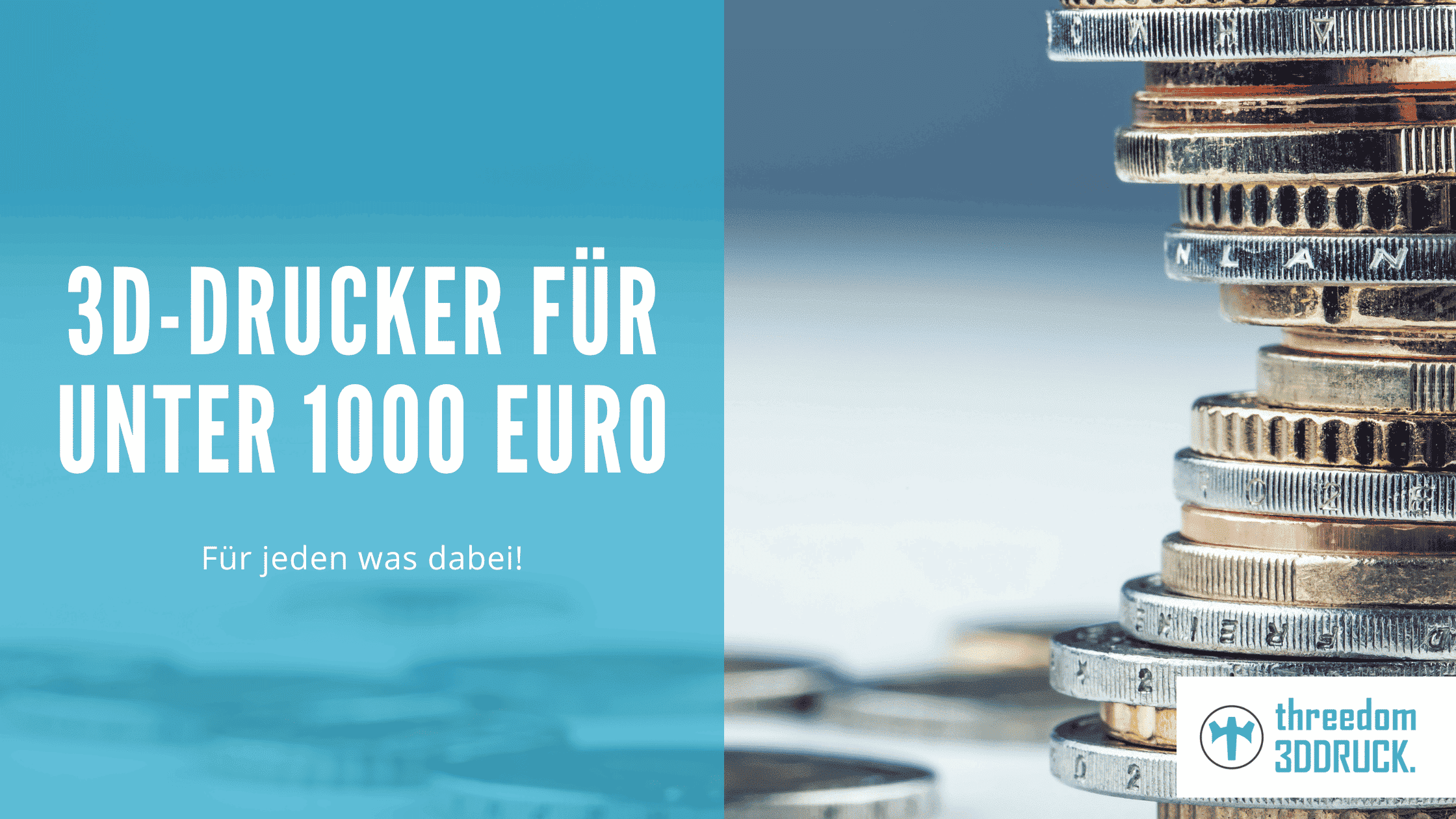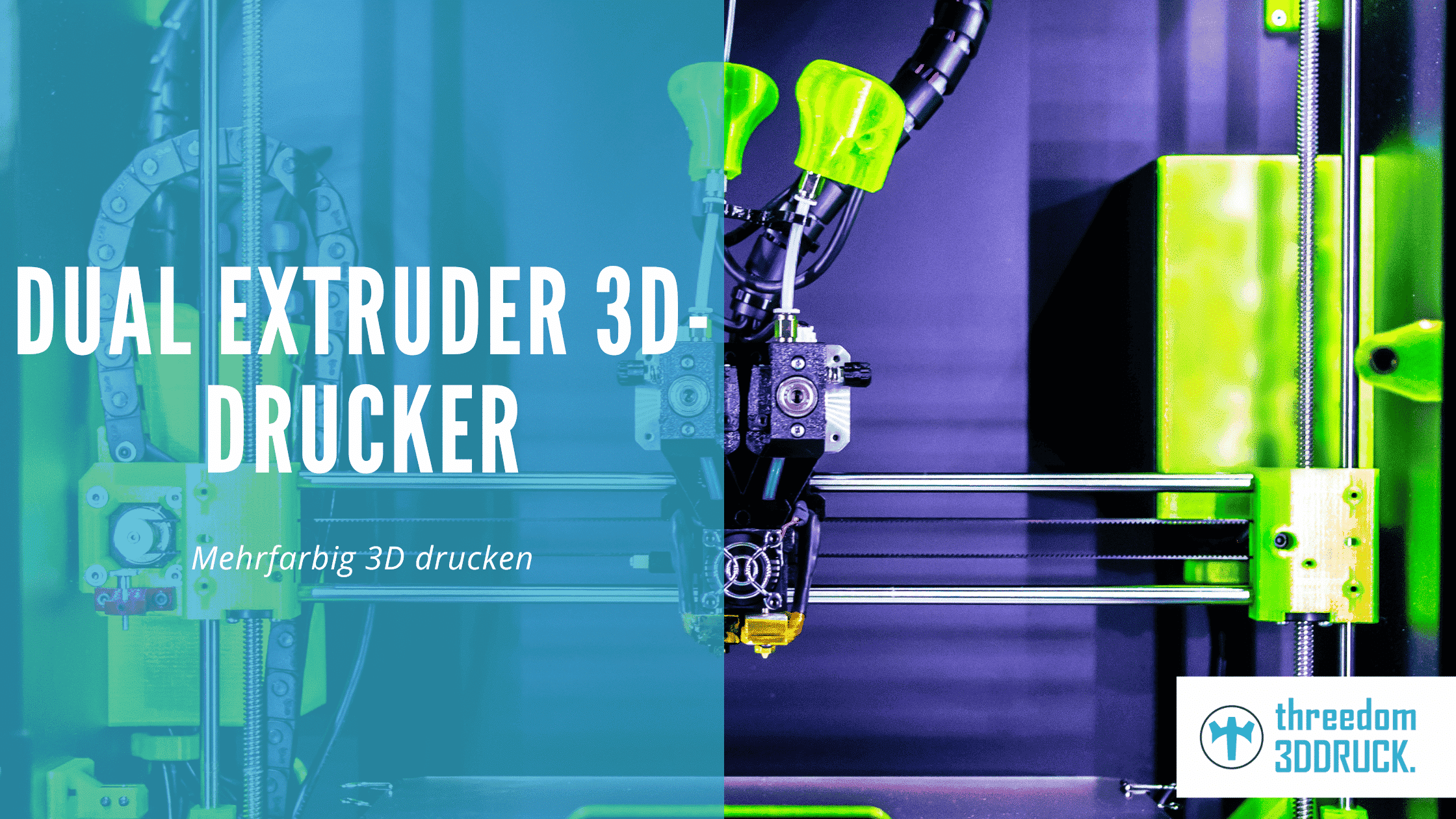The best resin 3D printers 2024
A real hype has arisen around resin 3D printers in recent years. Many of the products are in high demand and newcomers are also increasingly interested in entering the world of printing. But which printers are really good and suitable? Below we show you the best resin 3D printers currently on the market.
The most important in a nutshell
- Meanwhile, many good resin 3D printers are already available at affordable prices
- For the evaluation of the individual products, one's own expectations, the print resolution and the process used should be used as the main yardstick
- Our ranking clearly shows you the best resin 3D printers currently on the market
Best Resin 3D Printers
To give you a good overview of the current best resin 3D printers, we have listed the seven best products in our table for you.
| Place | Name | Manufacturer | Procedure | Maximum print resolution | Special features | approx. price | To the store |
| 1 | Mars 3 | Elegoo | DLP | 0.035 mm | 4K resolution, large print area, Pro Slicer software for free | 299 € | Click* |
| 2 | Shape 3 | Formlabs | SLA (SLS) | 0.025 mm | Automated post-processing solutions, lasers with power density up to 250 mW, designed for non-stop operation | 4.600 € | Click* |
| 3 | Photon S | Anycubic | DLP | 0.047 mm | Popular slicer software, improved UV model, two Z-axes | 150 € | |
| 4 | SL 1 | Prusa | DLP | Not specified | Resin sensor, automatic bath leveling, kipping of the resin by FlexVat possible | 1.600 € | Click |
| 5 | Hunter | Flashforge | DLP | Not specified | 1080p Full HD light source, WiFi connection, large build volume. | 3.300 € | Click* |
| 6 | Core 530 | B9 Creations | DLP | 0.030 mm | High printing speed, filter system against vapors and odors, easy operation. | 10.400 € | |
| 7 | Elfin | Nova 3D | LCD | 0.050 mm | High-quality metal processing, integration into WLAN possible, popular slicing software | 250 € |
The best resin 3D printer: ELEGOO Mars 3
With the Mars 3, Elegoo has launched the successor of the popular Mars 2. Compared to the predecessor, this one offers a new COB light source, but still relies on the DLP process. According to the manufacturer, pressure accuracy has increased by 30 percent compared to the previous model. The print volume on the first 4K printer in the Mars series is sufficiently high, plus you can use the company's popular Pro Slicer software for free.
General info:
- Name: Mars 3
- Manufacturer: Elegoo
- Resin printing process: DLP (UV light)
- Print area (L x W x H in mm): 143 x 89.6 x 175
- Maximum print resolution (microns): 35
- Features: 4K resolution, large print area, Pro Slicer software free of charge.
The best cheapest resin 3D printer: Anycubic Photon S
You will also find a successor with the Anycubic Photon S. In this case from the Anycubic Photon. The S scores with around 10W more power in the illumination, and it also offers a double-guided Z-axis. By the way, the successor was also made of plastic, which makes it almost a kilogram lighter than the predecessor. The price is a clear argument for this printer, which can also convince with popular slicer software and easy operation.
General info:
- Name: Photon S
- Manufacturer: Anycubic
- Resin printing process: DLP
- Print area (L x W x H in mm): 115 x 65 x 165
- Maximum print resolution (microns): 47
- Special Features: Popular slicer software, improved UV model, two Z-axes (double guide).
The Best Premium Resin 3D Printer: Formlabs Form 3
A true premium device is the Formlabs Form 3, which is a printer designed for non-stop operation and can also provide industry-level quality at the desktop. The manufacturer relies on an SLA process, but says it has been improved and is now called the SLS process. Thanks to the automated post-processing solutions, this effort is also kept to a minimum.
General info:
- Name: Form 3
- Manufacturer: Formlabs
- Resin printing process: SLA
- Print area (L x W x H in mm): 145 x 145 x 185
- Maximum print resolution (microns): 25
- Special features: Automated post-processing solutions, laser with power density up to 250 mW, designed for non-stop operation.
SLA, DLP, MSLA, LCD – differences and similarities
Even though resin 3D printers all do the same thing overall, they don't always do it in an identical way. There are differences between the individual printing technologies. Stereolithography (SLA) combines laser and resin, promising consistently high precision. However, the printing speed decreases rapidly, especially for larger areas. An alternative to this is digital light processing (DLP). Here, a digital projection surface is used as the light source instead of a laser. While only one dot is cured at a time when printing with a laser, complete layers are projected with a DLP printer. This usually ensures a slightly higher print speed in direct comparison.
Another alternative is Liquid Crystal Display (LCD) technology, also known as mSLA technology. Compared to digital light processing, this can do without a digital micromirror device. The reason is the numerous LEDs that provide the UV light and shine through the LCD screen. Since it is a kind of “mask”, the term “masked SLA” is also common.
Resin 3D Printer Selection Criteria
To find the right resin 3D printer, you should evaluate different selection criteria. You can see which ones they are below.
Printing method used
The printing process used plays an important role. At first blink, it often seems as if all printers use the SLA process. However, this is not correct. You should check whether a laser or a light source is used. The disadvantage of DLP printers is that the pixels are not quite round. However, these have a higher and higher resolution, which makes the pixels and the difference smaller and smaller.
Print area and resolution
Depending on the desired pressure, you must also ensure a sufficiently large construction area when purchasing. There are often significant differences here, as many resin 3D printers are designed specifically for smaller components. So make sure that the dimensions of the build space are large enough for your projects. It is also important to look at the print resolution of the XY axis.
Budget and expectations
Of course, your own expectations also play an important role in choosing the right resin 3D printer. Not every user needs a professional device, which can quickly cost several thousand euros. As a beginner, an entry-level device should suffice, although nowadays you can already produce high-quality prints with these as well. Of course, you should not lose sight of your own budget. However, you should not make the purchase solely dependent on this, but always consider the overall package.
Material selection for resin printers – these options are available
In principle, there are no limits to your creativity with the resin printers. You can make many different parts from the materials. SLA printers are particularly well suited for the production of small parts such as rings or other jewelry. But you can also use this technology wonderfully for game figures or small models.
Are resin printers toxic?
You won't find a filament spool in a resin printer. Here, no plastic is heated, but instead a component is cured over a light source. The synthetic resin is not entirely harmless to health. Above all, you should avoid contact with bare skin. In addition, you should dispose of it properly so as not to harm your environment. So it is not necessarily advisable to use this procedure next to children. It is better to carry out the printing in a separate area and play with the results together with the offspring.
For whom are resin 3D printers suitable?
Resin 3D printers exist today in numerous different designs and models. Meanwhile, these are therefore suitable for any user without any problems. Depending on their budget, most people resort to the smaller and less expensive units for home use. But the devices are also used in industry. Professional equipment of this kind can also be purchased for home use in some cases – at least with the necessary “small change”.
Conclusion: Compare and find top printers
Resin 3D printers are enormously popular and enjoy versatile applications. However, the selection is now so large that it is almost impossible to keep track of the offers. We have taken a closer look at the best products for you and listed them in our ranking. Within a very short time you will find the right printer for you. You should not only pay attention to the price. The printing process, the speed and also the available installation space play an important role. The more precise and filtered you are before buying, the more fun you will have printing in everyday life.
Frequently Asked Questions: Resin 3D Printer
More buying guides:

